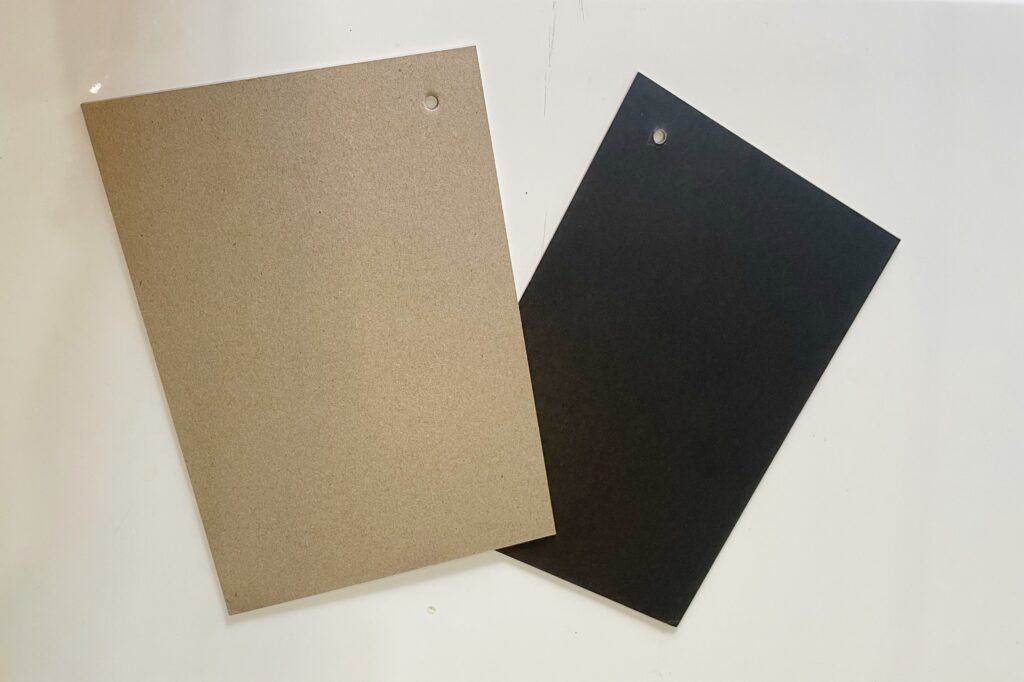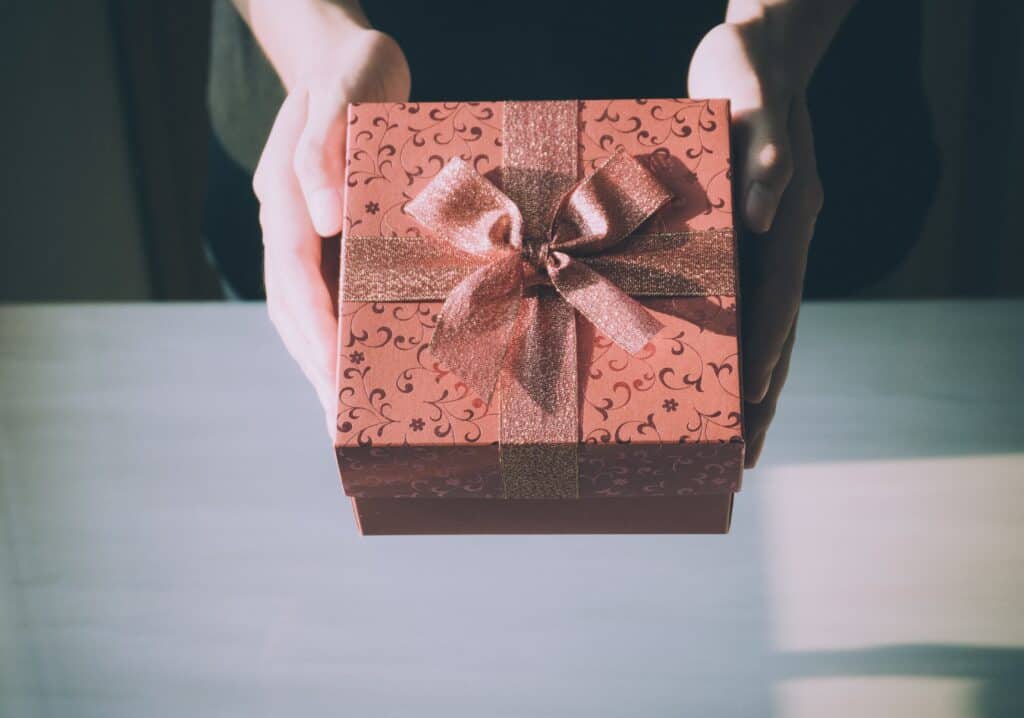Chipboard is also called grey board. Today we are going to introduce you about this product through the following steps:
- Materials for chipboard
- Benefits of using chipboard
- Application in the packaging industry
What Materials Are Usually Used In Producing Chipboard

Here are some of the most common materials used to produce chipboard:
– Recycled paper – This is one of the main components of chipboard. It typically consists of recycled cardboard, newspaper, magazines, and other waste paper sources. Using recycled paper helps make chipboard an environmentally friendly material.
– Wood pulp – Virgin wood pulp is often added to the recycled paper content and provides strength and structure to chipboard. Both softwood and hardwood pulps are used.
– Starch – Starches like wheat, corn, or rice starch are commonly used as an adhesive or binder in chipboard production. The starch helps bond the fibers together.
– Kaolin clay – Kaolin is a type of clay that improves the surface finishing and printability of chipboard. It gives the board a smoother and brighter surface.
– Calcium carbonate – This substance enhances the brightness, smoothness, and opacity of chipboard. It also improves moisture resistance.
– Other additives – Various processing aids and strengthening agents may be used like rosin, pH adjusters, preservatives, and wet-strength resins.
The exact composition varies by manufacturer specifications and the desired properties of the chipboard product. At TF Group, we mainly use of recycled materials makes chipboard an economical and sustainable packaging material.
Benefits Of Using Chipboard
Here are some of the key benefits and advantages of using chipboard:
– Cost-effective – Chipboard is relatively inexpensive compared to woods, plastics or paperboard. The use of recycled materials makes it an affordable option.
– Lightweight – Chipboard is lighter in weight than many other rigid materials, which helps reduce shipping costs.
– Strong and durable – It provides good strength and rigidity for packaging and construction uses. Chipboard can withstand normal wear and tear.
– Customizable – It can be cut, folded, perforated, embossed or printed on easily to create custom packaging and displays.
– Formable – Thicker chipboard can be pressed into molds to create trays, partitions and other formed structures.
– Recyclable – Since chipboard is made from recycled materials, it is also recyclable after use. This makes it an eco-friendly choice.
– Absorptive – The paper fibers give chipboard good absorptive properties compared to plastics. This allows it to absorb inks, adhesives and moisture.
– Versatile – Chipboard has a wide range of applications from packaging to book covers to sign boards and furniture.
– Aesthetic – Its surface can be finished with coatings and printing to give an attractive, high-quality appearance.
So chipboard provides a combination of cost savings, strength, customizability, and eco-friendliness that makes it a versatile choice for many uses. The consistent quality and manufacturing innovations have helped expand its applications over the years.
Applications In Packaging Industry
Here are a few ways that chipboard is commonly used in the packaging industry:
– Boxes and cartons – Chipboard is used to make sturdy cardboard boxes and cartons for packaging a wide variety of products. It provides good structural strength for constructing boxes while also being lightweight.

– Dividers and partitions – Sheets of chipboard can be cut and folded to create custom dividers and partitions within boxes and cartons to protect individual items or create compartments.
– Pads and supports – Chipboard sheets are used as protective pads and supports within packaging to cushion products and hold them in place.
– Trays – Thicker chipboard can be pressed into tray shapes to securely hold products in custom shaped trays and blister packs.
– Displays – It can be used to create counter displays, signage and promotional displays for retail environments.
– Book and binder covers – Chipboard is commonly used for the hardcovers of books, binders, notebooks and other printed materials.
– Gift boxes – Decorative and colorful gift boxes are often constructed of printed, embossed or laminated chipboard.
So in summary, chipboard provides an affordable, lightweight and versatile material for constructing rigid, protective packaging in high volumes for a wide variety of industries. Its printability makes it great for decorative finishes too.
Learn More About Chipboard
TF group is always on the way of developing new eco-friendly material and provide the best service to our manufacturer customers, our own brand FUGOOD chipboard wins a lot of postive feedbacks from customers.
For more details of chipboard, please feel free to contact us : sales@holapaper.com
